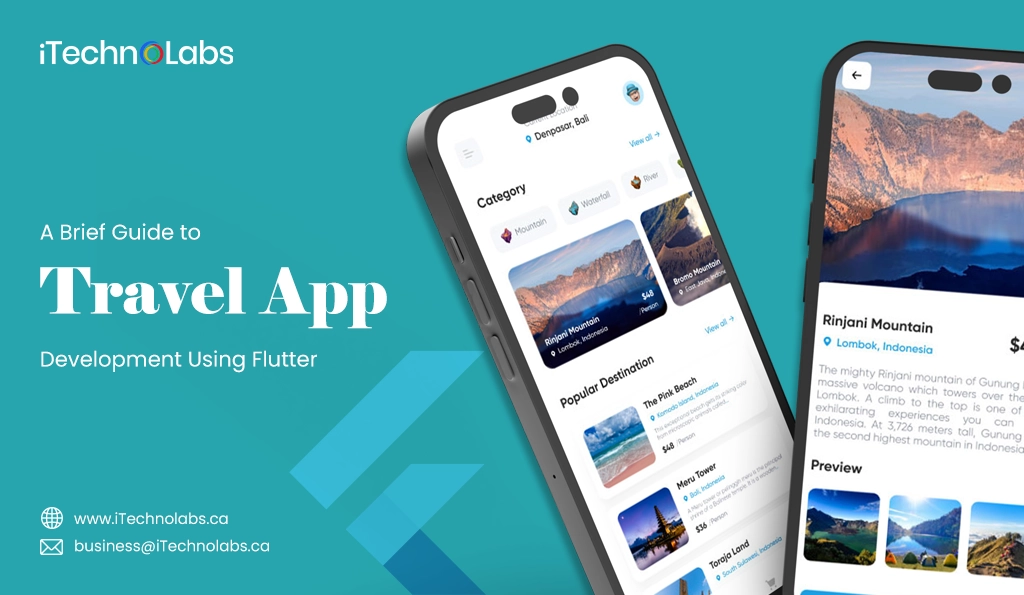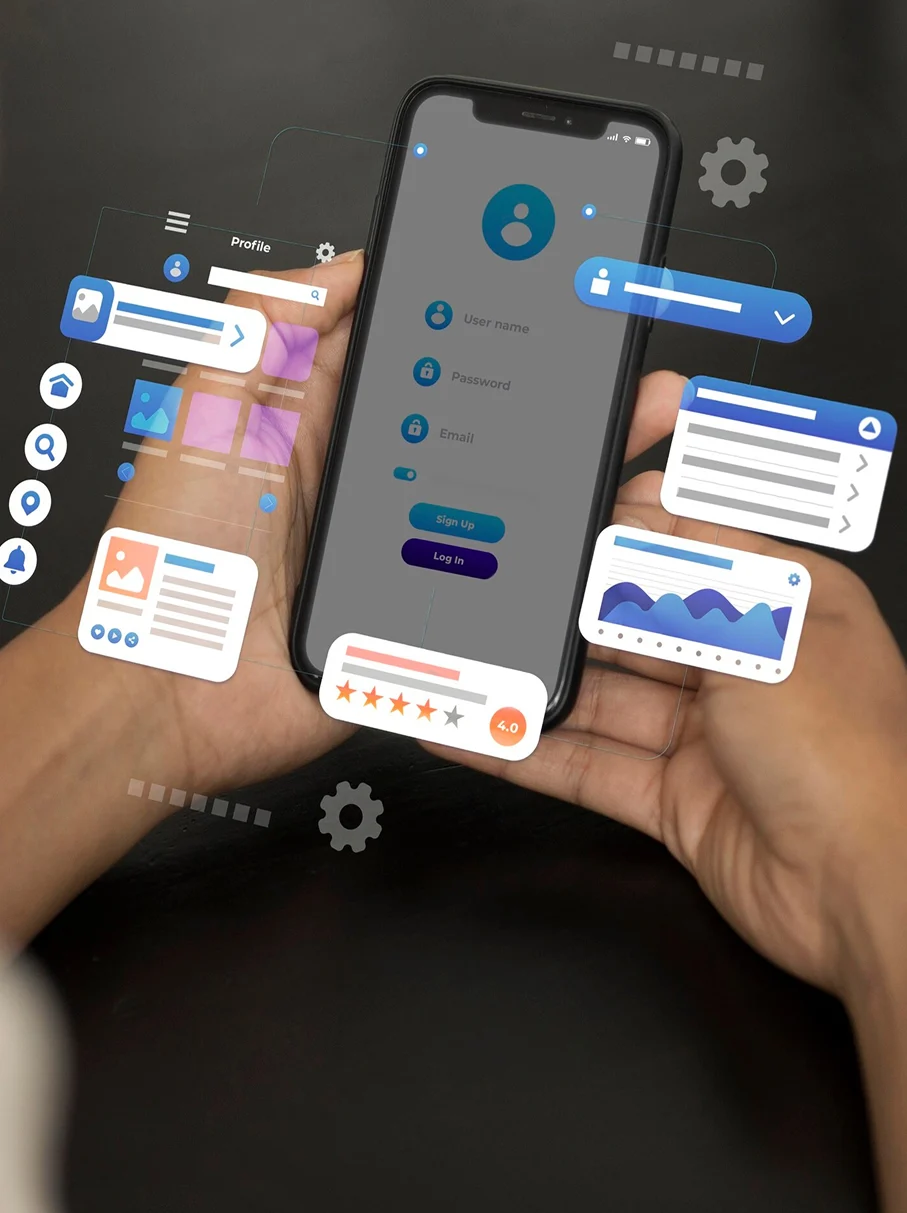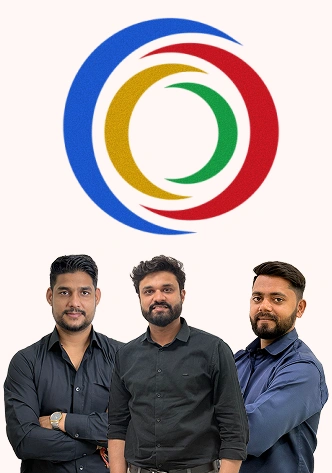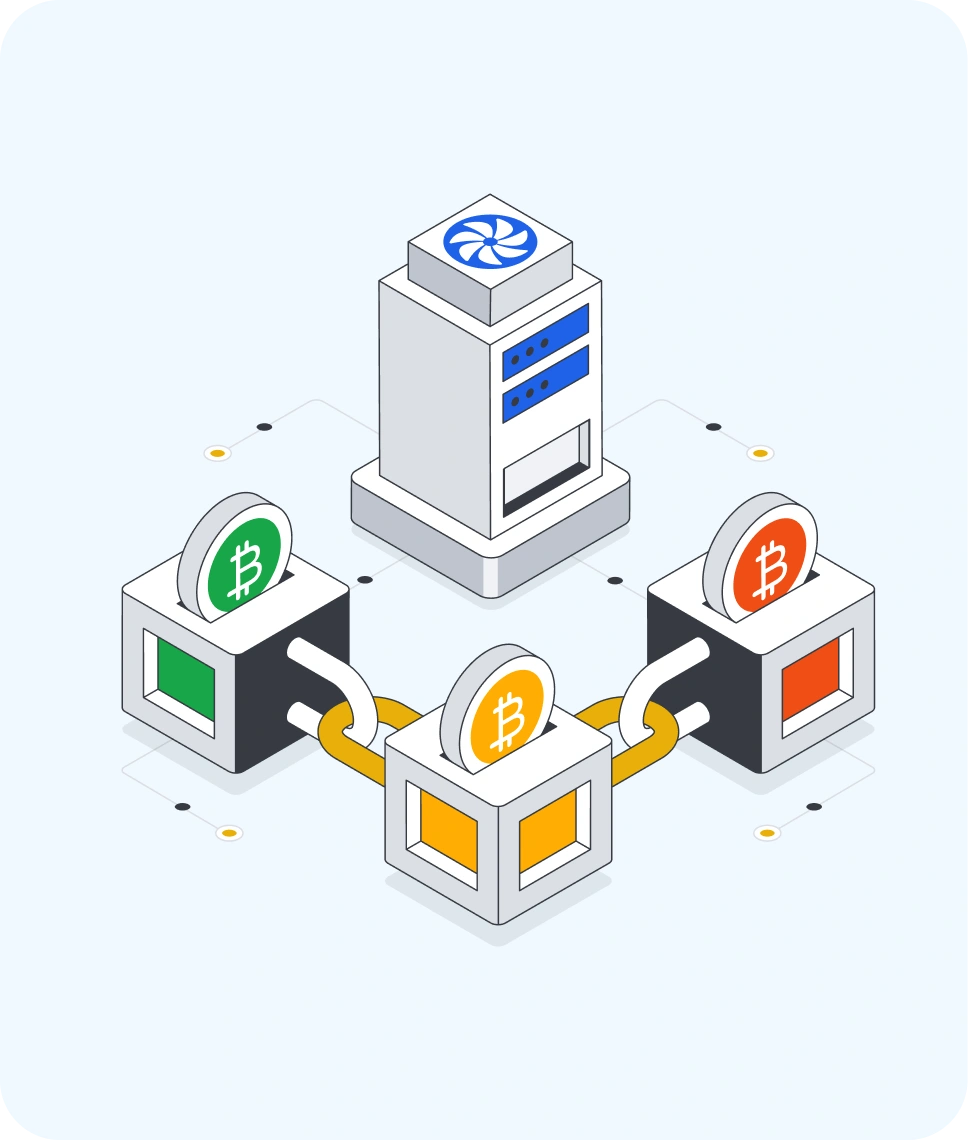Are you planning your next travel app and looking to implement it quickly without sacrificing quality or design? Flutter might be the answer. As travel continues to bounce back, we have seen that mobile apps are increasingly becoming the go-to tools for anything related to travel – whether it be finding a flight, booking accommodation, or exploring travel-weird wonders in a new city.
Flutter is Google’s open-source UI framework, allowing you to take one codebase and build amazing, mobile, and high-performance apps for both Android and iOS. The speed of development cycles, the ability to easily implement smooth animations, as well as the hot-reload functionality, makes Flutter the number one choice for developers today.
Whether you are a startup launching a travel planning app or an agency making bookings easier, you can be efficient using Flutter. This guide will take you through the phases of creating a travel app with Flutter and real-world recommendations to help you get started.
Why Choose Flutter for Travel App Development?
Flutter stands out as a top choice for travel app development for several compelling reasons that address both business needs and developer efficiency:
-
Cross-Platform Compatibility
Building with Flutter is one of the best things, as it allows applications to run across multiple platforms with a single codebase. This means just one integration is created, and the app can run on both Android and iOS without having to write up separate code for each of them. Thus, development time is less, and costs are cut down on all fronts while guaranteeing similar performance and design across devices-this is an advantage when thinking of travel apps that have to reach the maximum number of users.
-
Fast Development Cycle with Hot Reload
Flutter’s hot reload feature allows developers to view their changes instantly in an emulator or on a real device while coding on it without even restarting the application. This spurs a rapid iteration during development for testing or bug fixes. With it, any feature can be developed and refined quickly-a plus, especially in fast-paced industries like travel and tourism.
-
Beautiful and Customizable UI
First impressions matter in the travel industry. Flutter gives developers options when it comes to building beautiful, engaging, and on-brand user interfaces, from the many customizable widgets and components. Bookings, hotel searches, interactive maps-there is a way to design a smooth and intuitive environment for users to interact and engage. In travel, we know engagement really matters.
Flutter blends productivity, flexibility, and performance—all of which provide an excellent way to build modern, scalable, and engaging travel apps.
Market stats related to Travel app development using Flutter
The Global Travel and Tourism Apps Market is experiencing significant growth. By 2024, the market received a price of around $ 650.7 billion, and by 2034 it is estimated to reach the USD 3,552.7 billion by 2034, growing at a CAGR of 18.5% from 2025 to 2034. This boom is inspired by an increase in smartphone content, demand for the seamless travel experience.
In addition, the appearance of the flagging in the App has increased sharply. According to Apptopia, by 2024, Flutter operated about 30% of all free apps in the Apple App Store, over about 10% in 2021. This increase emphasizes the increasing popularity of the flagging among developers and its expanded role in the mobile app development landscape.
Also read: How to Convert Figma-to-Flutter Code Quickly?
Getting Started with Travel App Development Using Flutter
-
Setup Your Development Environment
You’ve got your travel application ready; now install a development environment for the application. Setting up Flutter involves the following steps:
- Download and install Flutter.
- Install an IDE or code editor such as Android Studio or Visual Studio Code.
- Install the Flutter and Dart plugins for your chosen IDE.
- Configure a virtual device or connect a physical device for testing.
-
Familiarize Yourself with Flutter
If you do not know Flutter, going through the framework, how it really works, etc., is indeed an essence. Some good starting points include the documentation and a couple of online tutorials.
-
Choose Your App Design
Before you start writing code, it is paramount to come up with the design and feature sets of your application. Wireframes and mockups are important to give some visual understanding of the layout and flow of your application.
-
Start Coding
Now that you know exactly how your app’s design is supposed to look, you can now start coding. Some advice for building a travel app with Flutter is below:
- Leverage hot reloading capabilities to view updates in real-time and enhance the development process.
- Harness Flutter’s customizable widgets to craft a high-end user interface.
- Implement plugins and packages of the Flutter community to incorporate extra features and functionality.
-
Test and Debug Your App
Testing your app is the key to ensuring it does what it is supposed to do and discovering any possible bugs. Flutter comes with a great framework for testing, including its unit, widget, and integration tests.
-
Optimize for Performance
Another important optimization for your app would be performance and these could include minimizing unnecessary animations, reducing network calls, and employing better code practices.
-
Deploy Your App
Now that your app is ready, it’s time to roll it on related platforms like the Google Play Store or Apple App Store. The Flutter, of course, has simple distribution options in its Flagre Build Command, which will generate an APK or IPA file for delivery.
-
Continue to Learn and Improve
Flutter is moving on, so it becomes very essential to learn and stay updated with newer updates and introductions to keep improving on how your app does really at the same time as its relevance in this ever-changing world of mobile development.
Benefits of Travel App Development with Flutter
Although entering the development of a travel app on Flutter implies a learning curve and trial, the benefits far outweigh the initial time and effort investment. By dipping into Flutter’s flexible features and functionality, you can design a distinct and friendly travel app that appeals to a large and varied audience of travel-craving explorers. The path to becoming a Flutter master for travel app development holds the promise of growth, innovation, and the ability to bring your ideas to life as engaging digital experiences. Among the key benefits are:
-
Rapid development capabilities:
In addition to hot removal, an excellent feature of vibrant developers see changes in their apps in real time, causing better speed in the growth cycle, positive coding habits and rapid treatment time. In addition, hot re-loading provides speed to the development cycle for maintenance and use.
-
Enhanced cross-platform adaptability:
Flutter provides a flexible coding structure whereby apps can be written once and deployed seamlessly on both Android and iOS platforms; this in a way reduces the amount of effort that developers would otherwise have to pour into app development. On top of this, development time can be reduced, and users will experience a consistently similar experience due to one codebase usable on both platforms.
-
Aesthetic and uniform user interface experience:
Flutter provides a huge library of custom widgets that allow developers to create a consistent and visually attractive user interface across numerous platforms to improve user engagement and experience. The flexibility in the widgets allows developers to develop unique and engaging user interfaces that integrate with their brand and users, which subsequently increases user satisfaction and retention.
-
Optimal performance standards:
Flutter uses Dart for developing very fast apps with smooth animations and transition stages and an engaging way to interact with the user interface. Performance in apps is derived from Dart being a very efficient programming language that enables an app to run with speed; Skia acts as a graphics engine and provides smooth performance to the user interface of the app, enabling the developer to develop apps that are perceived by their end-users as responsive and rich in user experience, which is a modern requirement of users.
-
Simplified maintenance procedures:
Because Flutter is so fast and allows for efficient coding practices, the overall maintenance and updating of apps is simplified, and each developer can maintain and continually implement changes without much difficulty over the long term. With the modular structure of Flutter, developers can reuse and scale code and effectively have less work to do when working on maintenance. This allows each developer to easily add features or updates or maintain the existing functionality of the app on time and without interrupting the user experience.
-
Extensive developer community:
Flutter has an active and thriving community of developers who share their expertise, content, and ideas back and forth regularly. This collective environment of development encourages all developers to continue evolving their skills and learning, from novice to expert level. Besides being a great learning and development support network, the community encourages collaboration that continues to drive learning, sharing, and evolving the development of the Flutter framework and community based on what developers share back and forth.
Suggested article: How to Create a Personalized Radio Station App?
Key features of using Flutter for your app development:
- Cross-platform compatibility: Flutter provides developers to create apps that originally move on both Android and iOS platforms. Developers do not need to support two growth procedures for each platform, which save valuable resources and time, while all equipment also offers an app with a smooth experience on all devices.
- Lightning-fast performance: Single-codebase utilization by Flutter makes application development and overall app performance quicker and smoother in contrast with other cross-platform development platforms. Flutter apps, owing to direct compilation into native code without any use of a JavaScript bridge and minimum use of an interpretation step during launching an application, launch rapidly.
- Customizable UI: Flutter gives developers a large set of customizable widgets that can be utilized to develop beautiful and highly responsive user interfaces. These widgets not only save time by avoiding manual coding but also enable consistent design across various platforms.
- Open-source and Active community: Being an open-source framework means that the developers can access the code, contribute to its development, and thus create an ever-evolving and improving platform. There exists an equally active community of developers who support, resource, and update the framework constantly.
- Simplified testing: Testing with respect to the single codebase approach makes it much easier and more effective since developers code and maintain tests for one set only for the Android and iOS platforms. Hence, this saves time and effort in the testing phase and gets the application up and running in no time.
- Integration with Firebase: Flutter integrates with Firebase easily. This is a cloud-based application offering a full suite of services, including authentication, storage, analytics, etc. By integrating Firebase, you are provided with various services that can be easily added to your app and/or application without additional coding, thus speeding up the whole development process.
- Hot Reload: “Hot reload” is one of the best-loved features of Flutter; it allows developers to see the code changes made in their apps instantly without requiring a total rebuild. This highly efficient and smooth development allows the developer to save time and increase productivity.
- Support for different platforms: Flutter supports not only iOS and Android but also web and desktop. This functionality allows the developer to build applications for different platforms using the same codebase, thus being an all-in-one solution for developing cross-platform applications.
Also read: Digital Banking Architecture: A Brief Guide 2025
How Much Does It Cost to Create a Travel App Using Flutter?
To build a travel application using Flutter, the amount could be anything between $10,000 and $100,000 and even much more, depending on the features, complexity, and requirements of the design for the app.
Estimated Cost Breakdown for Travel App Development Using Flutter:
| Development Stage | Key Inclusions | Estimated Cost Range (USD) |
| Basic App | Search & filters, static content, basic UI/UX | $10,000 – $20,000 |
| Moderate Complexity App | User profiles, booking system, payment gateway, improved design | $20,000 – $40,000 |
| Advanced App | Real-time booking, AR/VR features, AI recommendations, third-party integrations | $50,000 – $100,000+ |
| Custom UI/UX Design | Highly tailored visual elements, animations, branding | Additional $5,000 – $15,000 |
| Maintenance & Updates | Ongoing support, performance enhancements, bug fixes | $1,000 – $5,000/month (variable) |
Factors Influencing the Cost:
- Feature Set Complexity: More sophisticated features such as AI-powered recommendations, AR-based virtual tours, and live booking systems add to development time and cost.
- Design Customization: Custom graphics, animations, and brand-specific UI/UX designs take extra time and specialized knowledge.
- Developer Location & Experience: Prices differ geographically. Offshore teams (India, Eastern Europe) tend to be less expensive than U.S. or Western European companies yet still provide high-quality work.
- Platform Scope: Flutter is capable of cross-platform development, but including web support or backend systems can drive total costs higher.
- Post-Launch Maintenance: The apps require frequent updates, security patches, and performance enhancements, which are added to the overall long-term budget.
It’s advisable to approach a professional app development team and get your detailed requirements shared to obtain the best estimate.
Are you planning to develop a travel app using Flutter?
Conclusion:
Flutter has certainly proven to be an excellent option for making travel apps. Flutter provides a balance between performance, scalability and costs. When you combine the developmental development ability of Flutter’s with your ability to create visually rich and responsible user interfaces, Flutter lets companies and developers reduce the development process by achieving quality results. This means whether you create a simple travel program or more functional travel platforms, including ordering, maps and real -time updates, the floods’ wide widget library and flexible architecture of the flagging can be much easier to fulfill and overcome the user’s expectations. In addition, rapid growth cycles and little maintenance help to shave the growing time, which is especially beneficial for startups and companies. When the travel industry is fast digital, you can use pulses for your next app expanding good travel experience and fast and spontaneous experiences for modern travelers.










